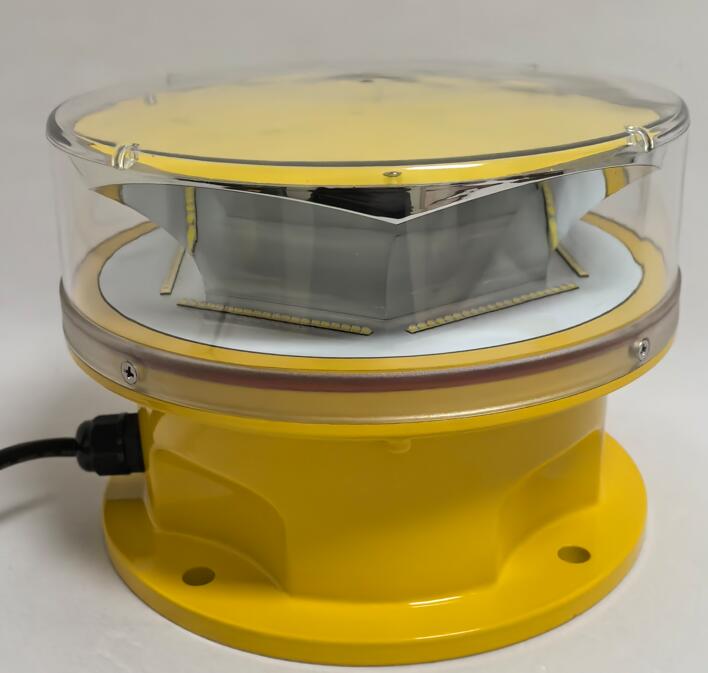Enhancing Aviation Safety: The Critical Role of Aircraft Warning Light Systems
Aircraft warning light systems are indispensable components of aviation safety, designed to prevent collisions and ensure visibility in low-light conditions. These systems are installed on tall structures, wind turbines, communication towers, and, of course, aircraft themselves. Their primary function is to alert pilots to potential obstacles, reducing the risk of accidents. This article explores the importance, types, technological advancements, and regulatory standards of aircraft warning light systems.
The Importance of Aircraft Warning Light Systems
The aviation industry relies heavily on visual cues for navigation, especially during nighttime or adverse weather conditions. Aircraft warning light systems serve as critical visual markers, ensuring that pilots can identify and avoid obstacles. Without these lights, structures like skyscrapers, power lines, and telecommunication towers would pose significant hazards.
Moreover, as urban areas expand and wind farms proliferate, the need for effective warning systems has grown. Properly illuminated structures help maintain safe airspace, particularly near airports and flight paths. The absence or malfunction of these lights can lead to catastrophic accidents, emphasizing their role in aviation safety.

Types of Aircraft Warning Light Systems
Aircraft warning light systems can be categorized based on their application and intensity:
1. Low-Intensity Obstruction Lights
These lights are used on structures below a certain height (typically 45 meters). They emit steady red light and are often installed on buildings, cranes, and smaller towers. Their purpose is to mark obstacles without causing glare or distraction to pilots.
2. Medium-Intensity Obstruction Lights
Medium-intensity lights are employed on taller structures (between 45 and 150 meters). They can be either steady-burning red lights or flashing white lights, depending on regulations. These lights are brighter than low-intensity variants, ensuring visibility from greater distances.
| aircraft warning light system |
3. High-Intensity Obstruction Lights
For structures exceeding 150 meters, high-intensity flashing white lights are mandatory. These powerful beacons are visible from miles away and are crucial for marking extremely tall objects like skyscrapers and large communication towers.
4. Aviation Navigation Lights on Aircraft
Aircraft themselves are equipped with navigation lights—red on the left wing, green on the right, and white at the tail. These lights help pilots determine an aircraft’s direction and position, preventing mid-air collisions.
Technological Advancements in Aircraft Warning Light Systems
Modern aircraft warning light systems have evolved significantly, incorporating energy-efficient and smart technologies:
1. LED Lighting
Traditional incandescent and halogen lights are being replaced by LEDs, which offer longer lifespans, lower power consumption, and higher brightness. LEDs also withstand harsh weather conditions better than older technologies.
2. Solar-Powered Systems
Remote or off-grid structures now utilize solar-powered warning lights, reducing dependency on electrical grids. These systems store energy during the day and operate autonomously at night.
3. Smart Monitoring and Automation
Advanced warning systems now feature remote monitoring, allowing maintenance teams to detect failures in real time. Some systems also adjust brightness based on ambient light conditions, improving efficiency.
4. Dual-Lighting Systems
To enhance reliability, some installations use dual lighting—combining steady and flashing lights—ensuring continuous visibility even if one system fails.
Regulatory Standards for Aircraft Warning Light Systems
To maintain uniformity and safety, aviation authorities worldwide enforce strict regulations:
| aircraft warning lights system |
ICAO (International Civil Aviation Organization): Provides global guidelines on obstruction lighting, including color, intensity, and placement.
FAA (Federal Aviation Administration): Mandates lighting specifications for structures in the U.S., requiring compliance with AC 70/7460-1L.
EASA (European Union Aviation Safety Agency): Sets standards for European airspace, ensuring harmonization across member states.
Non-compliance can result in penalties and increased accident risks, making adherence to these standards essential.
Challenges and Future Trends
Despite advancements, challenges remain:
Light Pollution: Excessive brightness can affect wildlife and nearby communities. Regulators are working on balanced solutions.
Maintenance: Regular inspections are necessary to prevent system failures, especially in remote locations.
Drone Integration: As drones become more common, their interaction with warning light systems needs standardization.
Future trends may include AI-driven predictive maintenance, adaptive lighting systems, and integration with urban air mobility (UAM) infrastructure.
Aircraft warning light systems are vital for aviation safety, preventing collisions and ensuring obstacle visibility. With advancements in LED technology, solar power, and smart monitoring, these systems are becoming more efficient and reliable. Strict regulatory standards further reinforce their importance. As aviation continues to evolve, so too will these critical safety mechanisms, adapting to new challenges and technologies.
